Blood Types: What You Need to Know
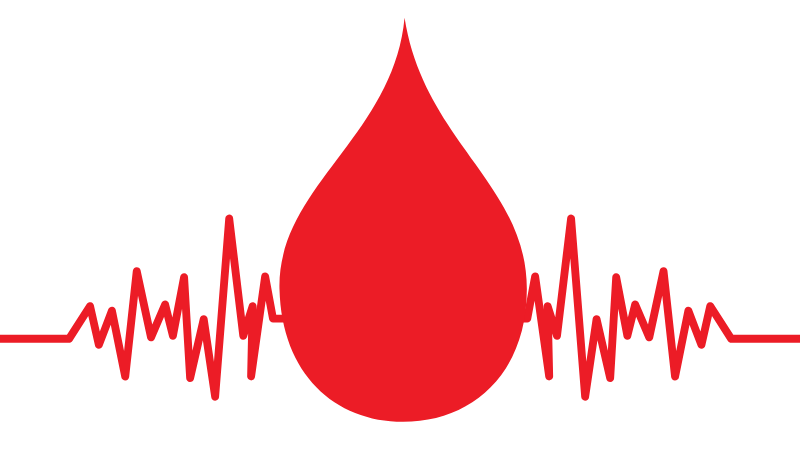
This page will tell you everything you need to know about the different blood types. Most of the information has been gathered from the American Red Cross which means the general information is valid worldwide but the statistics are strictly for the United States (US). Click here to find a donation center near you.
Click here for a poster of a blood type compatibility chart
The 8 different types of blood are as follows: A+, A-, B+, B-, O+, O-, AB+, AB- Other Controversial Pin
A+
- Has A antigen on the red cells and B antibody in the plasma; Rh factor positive
- It is found in about 34% of the US population or about 1 out of every 3 people; African-American: 24%; Asian: 27%; Caucasian: 33%; Latino-American: 29%
- Patient can receive A+, A-, O+, or O- blood which is found in approximately 86% of the US population
- Person can donate to a patient who is A+ or AB+ which equates to approximately 37.5% of the US population
A-
- Has A antigen on the red cells and B antibody in the plasma; Rh factor negative
- It is found in about 6.3% of the US population or about 1 out of every 16 people; African-American: 2%; Asian: 0.5%; Caucasian: 7%; Latino-American: 2%
- Patient can receive A- or O- blood which is found in approximately 13% of the US population
- Person can donate to a patient who is A-, A+, AB+, or AB- which equates to approximately 44.5% of the US population
B+
- Has B antigen on the red cells and A antibody in the plasma; Rh factor positive
- It is found in about 8.5% of the US population or about 1 out of every 12 people; African-American: 18%; Asian: 25%; Caucasian: 9%; Latino-American: 9%
- Patient can receive B+, B-, O+, or O- blood which is found in approximately 55.5% of the US population
- Person can donate to a patient who is B+ or AB+ which equates to approximately 12% of the US population
B-
- Has B antigen on the red cells and A antibody in the plasma; Rh factor negative
- It is found in about 1.5% of the US population or about 1 out of every 67 people; African-American: 1%; Asian: 0.4%; Caucasian: 2%; Latino-American: 1%
- Patient can receive B- or O- blood which is found in approximately 8% of the US population
- Person can donate to a patient who is B-, B+, AB+, or AB- which equates to approximately 14% of the US population
O+
- Does not have A or B antigens on the red cells but has both A and B antibodies in the plasma; Rh factor positive
- It is found in about 39% of the US population or approximately 1 out of every 3 people making it the most common type of blood; African-American: 47%; Asian: 39%; Caucasian: 37%; Latino-American: 53%
- Patient can receive O+ or O- blood which is found in approximately 45.5% of the US population
- Person can donate to a patient who is O+, A+, B+, or AB+ which equates to approximately 85% of the US population
O-
- Does not have A or B antigens on the red cells but has both A and B antibodies in the plasma; Rh factor negative
- It is found in about 6.6% of the US population or about 1 out of every 15 people; African-American: 4%; Asian: 1%; Caucasian: 8%; Latino-American: 4%
- Patient can only receive O- blood
- Person is considered a universal donor and can donate to any patient with any type of blood which includes A+, A-, B+, B-, O+, O-, AB+, or AB-
- It is the most sought after blood type due to it's universality making it the first to run out during a shortage
AB+
- Has A and B antigens on the red cells but neither A nor B antibodies in the plasma; Rh factor positive
- It is found in about 3.5% of the United States population or about 1 out of every 29 people; African-American: 4%; Asian: 7%; Caucasian: 3%; Latino-American: 2%
- Patient is known as the universal recipient which means they can receive any type of blood from any patient which includes A+, A-, B+, B-, O+, O-, AB+, or AB-
- Person can only donate to a patient who is AB+ but can donate plasma to any patient making them a universal plasma donor
AB-
- Has A and B antigens on the red cells but neither A nor B antibodies in the plasma; Rh factor negative
- It is found in about 0.6% of the US population or about 1 out of every 167 people making it the rarest type of blood; African-American: 0.3%; Asian: 0.1%; Caucasian: 1%; Latino-American: 0.2%
- Patient can receive any of the negative blood types which includes AB-, A-, B-, or O- which is found in approximately 15% of the US population
- Person can donate to a patient who is AB- or AB+ which equates to approximately 4% of the US population and can donate plasma to any patient making them a universal plasma donor
Other Facts and Statistics
- Red blood cells are given to patients during and after surgery, in trauma situations, or when they are considered anemic: hemoglobin (hgb) less than 7.0
- Platelets are given to help blood clot which is often needed during chemotherapy for cancer, open heart surgery, treatment of blood disorders, and organ transplants
- Plasma is often given in trauma situations, burn victims, or patients with clotting disorders
- White blood cells help fight off viruses, bacteria, and fungi
- In the United States, someone needs a blood transfusion every two seconds
- Most people can only donate one pint of blood at a time
- Blood expires 21-35 days after donation while platelets expire in 5 days
- 38% of the US population can donate blood but only about 3% actually do
- Approximately 21 million transfusions are given each year to 4.5 million Americans
- Practicing Jehova's Witnesses will not accept a blood transfusion
Controversial Topics
- The blood type diet or blood group diet that became popularized by the naturopathic physician Dr. Peter D'Adamo in the year 1996 has little to no scientific evidence to confirm its effectiveness yet many people have claimed amazing results by following it.
- Some people, particularly those in certain Asian cultures such as Japan and South Korea, believe that blood type affects personality yet there have been extensive studies that have not found any correlation between the two.
Pin this information!
Medical References and Resources for Caregivers
From Blood Types: What You Need to Know to Home
References:
https://www.redcrossblood.org/donate-blood/blood-types.html
https://www.redcrossblood.org/give.html/find-drive
https://www.vitalant.org/Learn/Blood-Basics.aspx
https://www.healthline.com/nutrition/the-blood-type-diet-review#section4
https://www.sciencedirect.com/science/article/abs/pii/S0191886902001010
https://www.ncbi.nlm.nih.gov/pmc/articles/PMC4433257/
Recent Articles
-
Common Truck Crash Injuries and Legal Remedies - Caregiverology
Jul 19, 25 10:49 AM
Known for its sun-drenched beaches, vibrant arts scene, and bustling maritime industry, Fort Lauderdale is a city that sees heavy traffic both on its roads and at its busy port. Unfortunately, with th… -
Why Expert Legal Help Matters After Serious Injury - Caregiverology
Jul 19, 25 10:35 AM
In Houston, over 67,600 car crashes occurred in 2023, resulting in 290 fatalities and 1,612 serious injuries. That’s roughly 185 accidents every day. -
How Life Care Planners Support Injury Recovery - Caregiverology
Jul 19, 25 10:18 AM
In Los Angeles, life care planners play a vital role in supporting injury recovery, especially for individuals facing catastrophic injuries such as traumatic brain injuries or spinal cord damage.

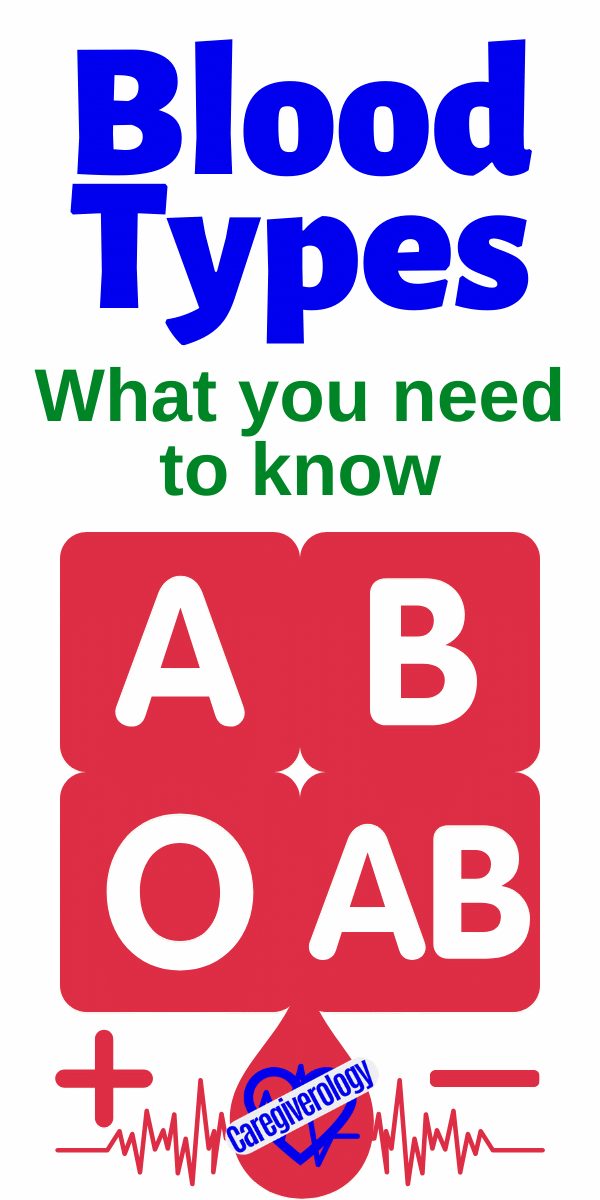
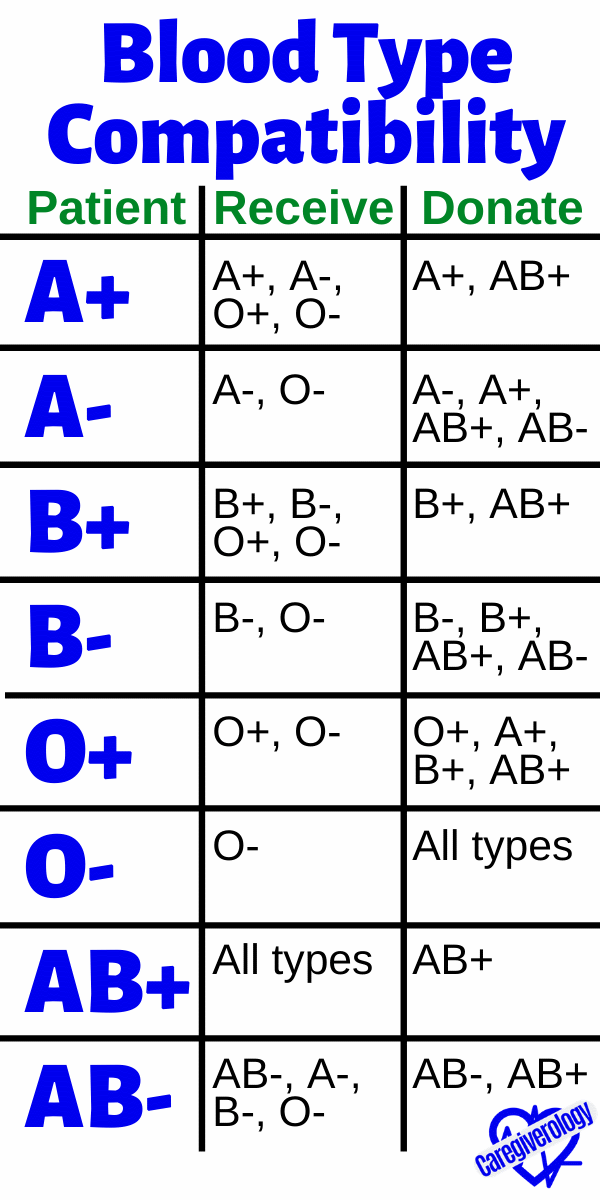
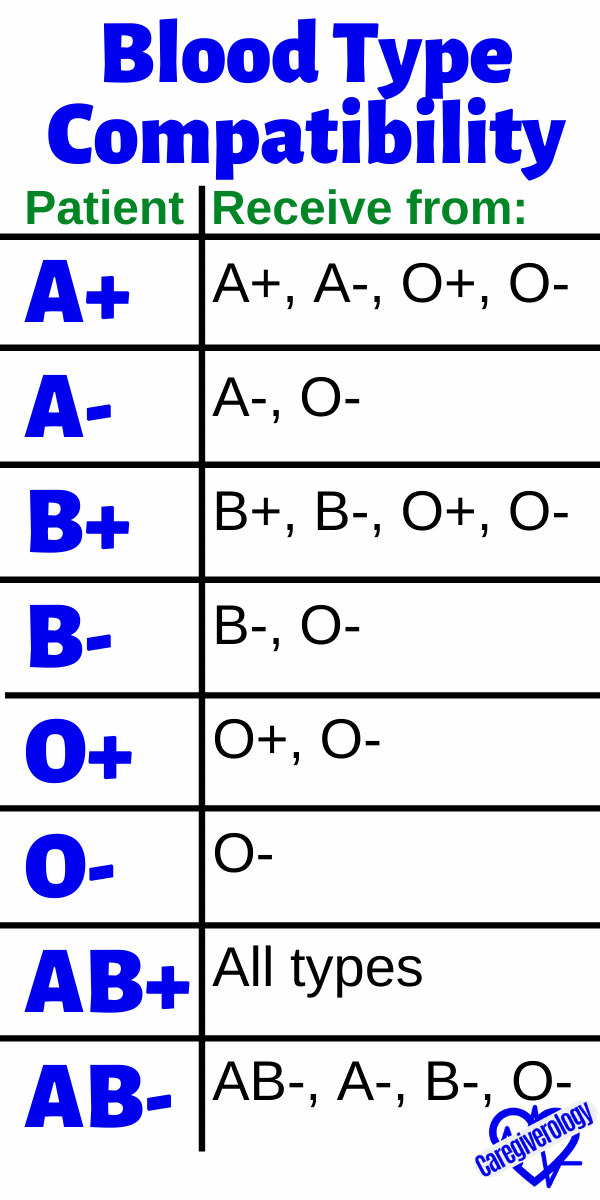
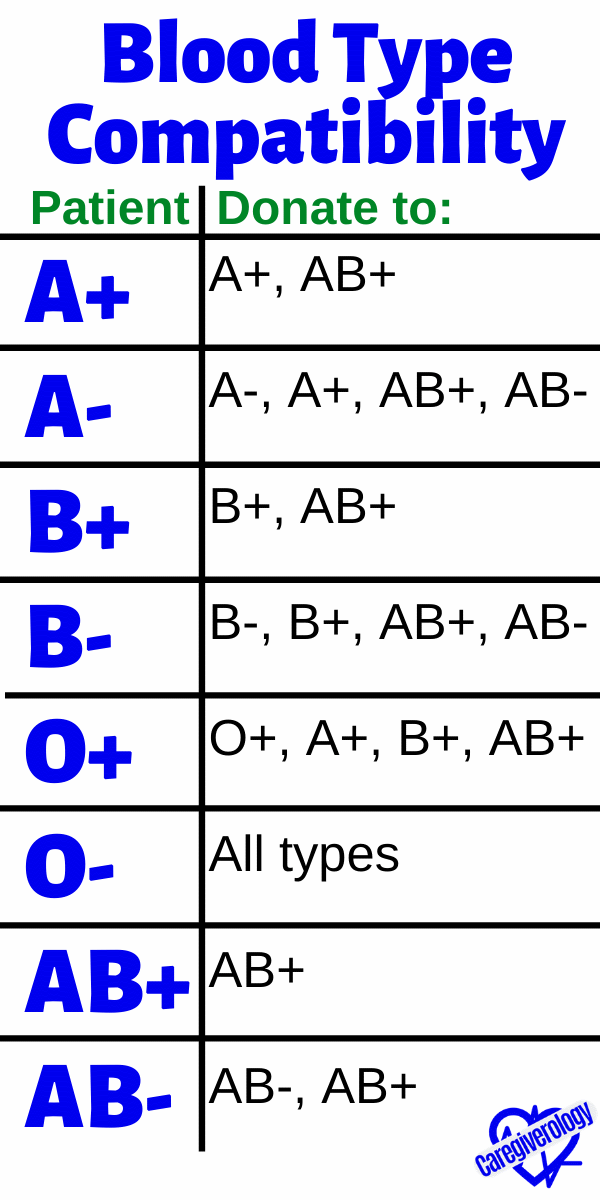
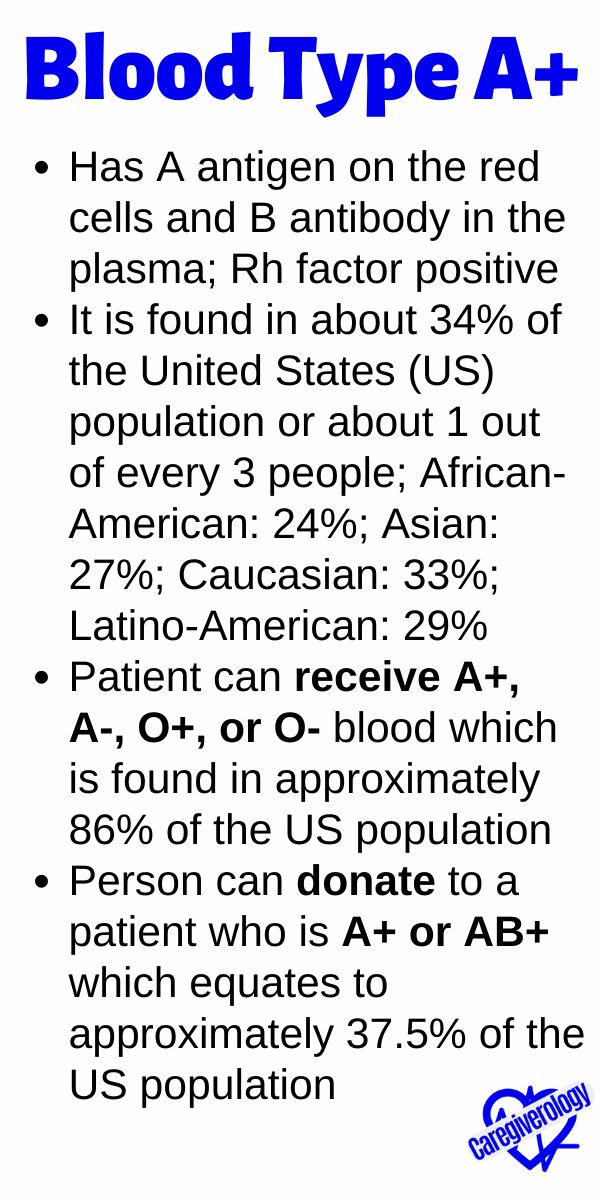
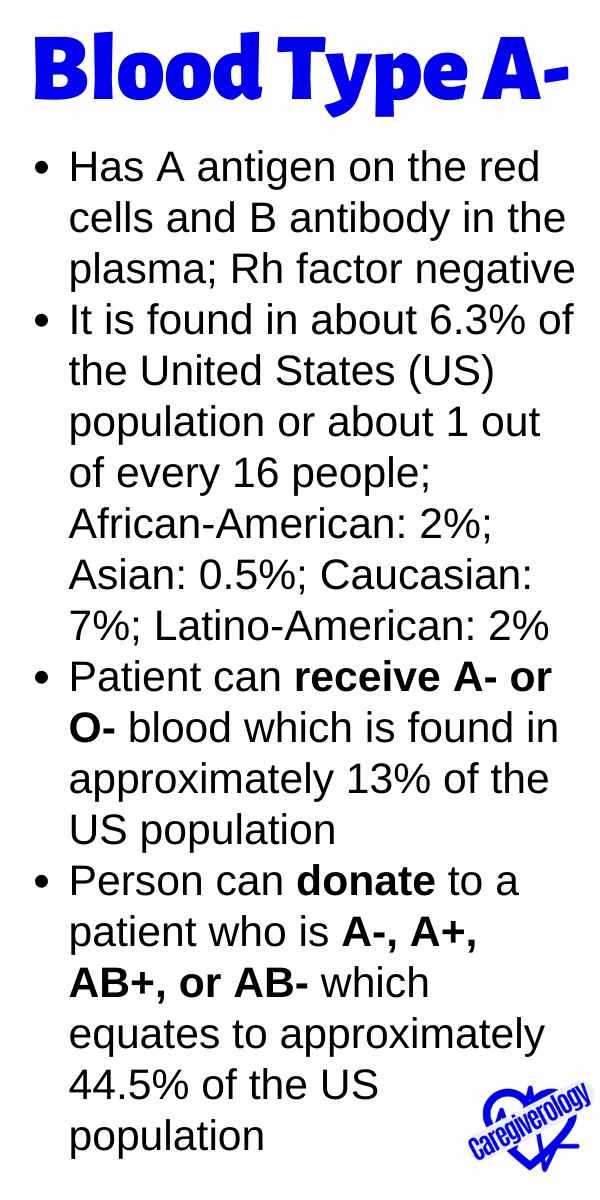
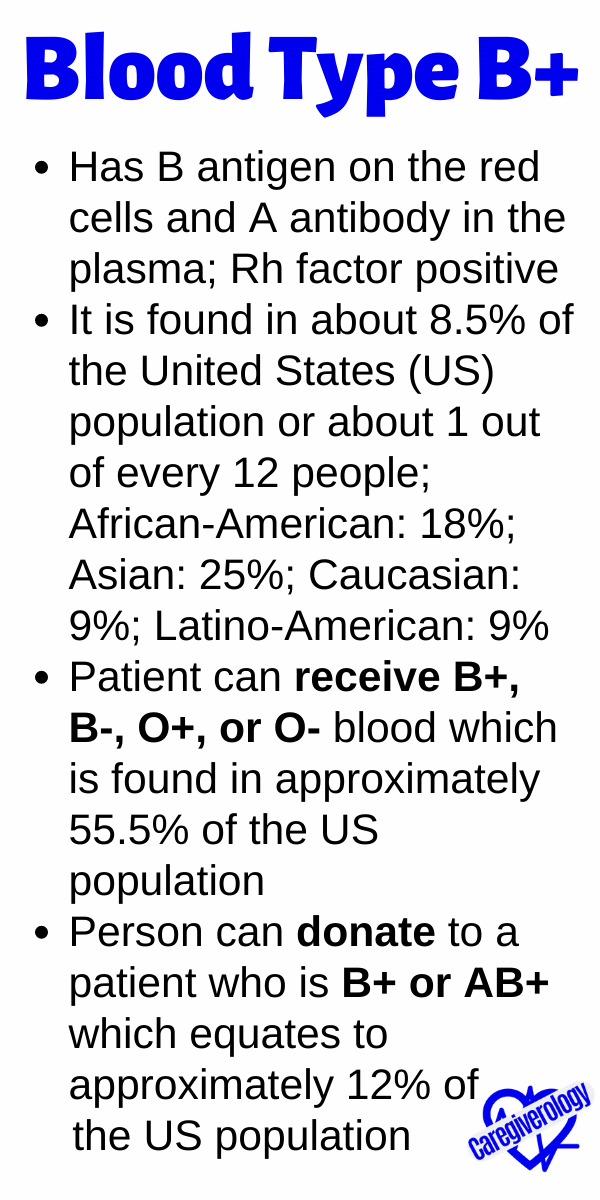
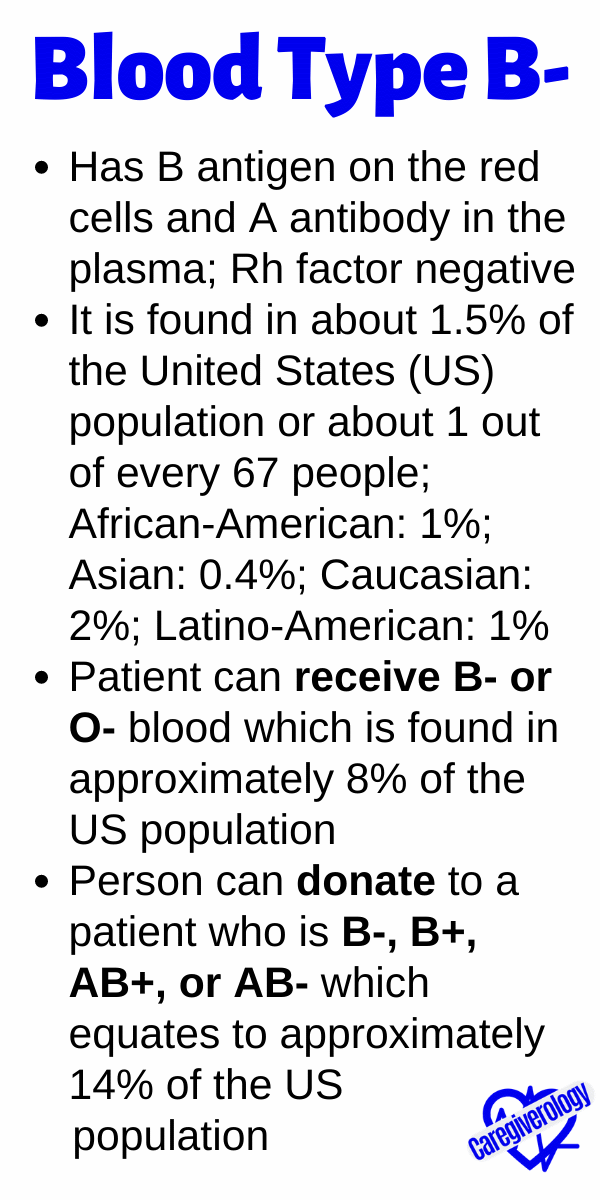
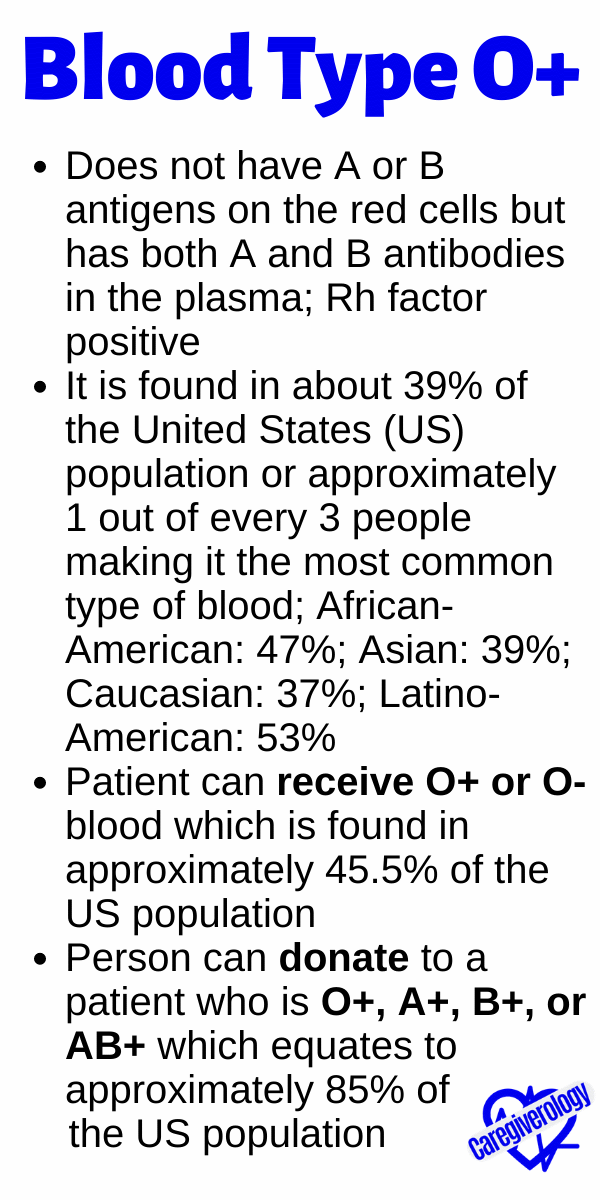
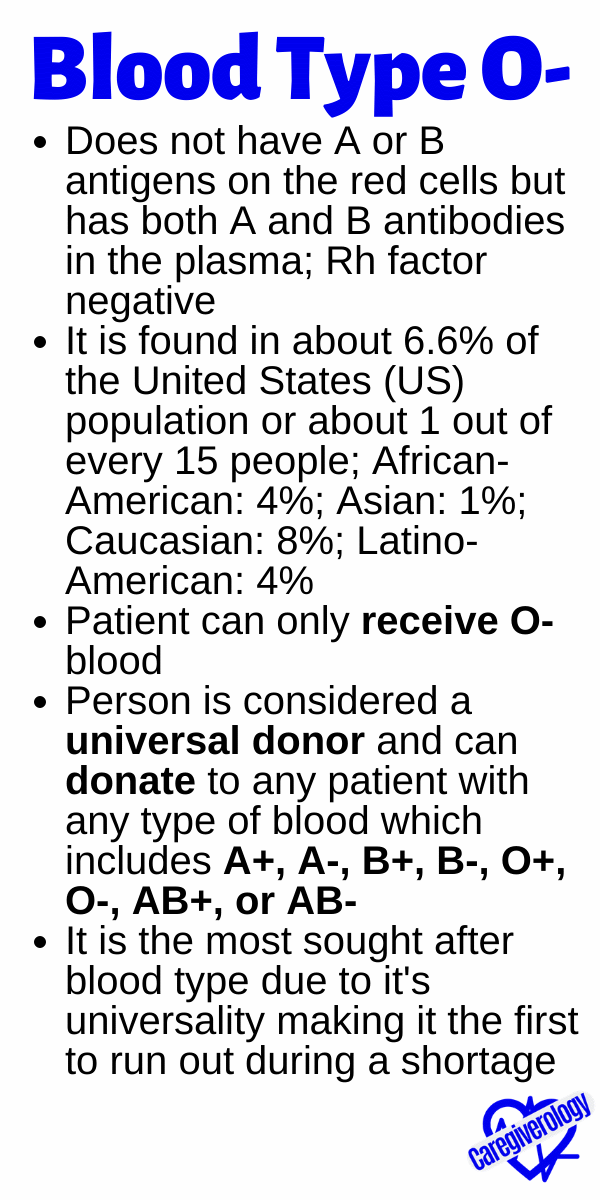
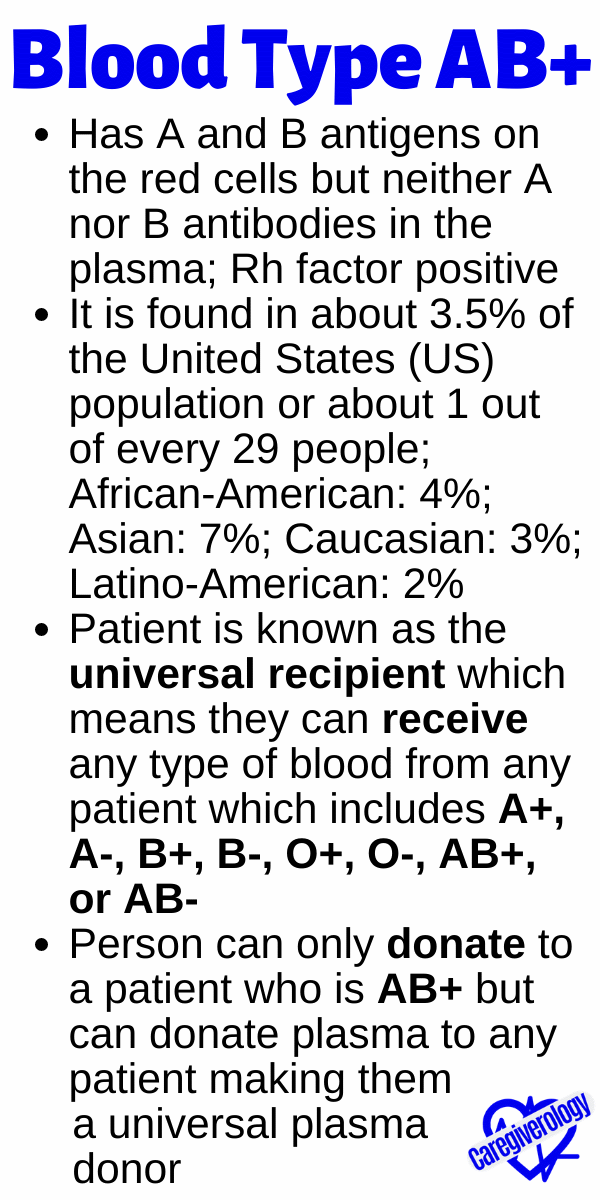
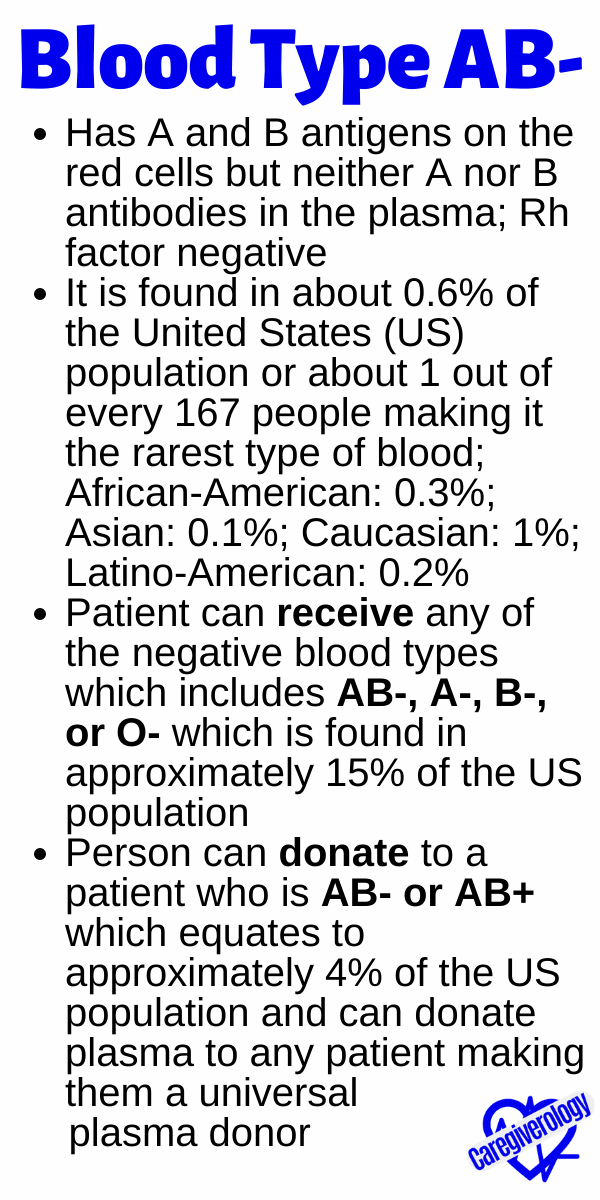



New! Comments
Have something to say about what you just read? Leave a comment in the box below.